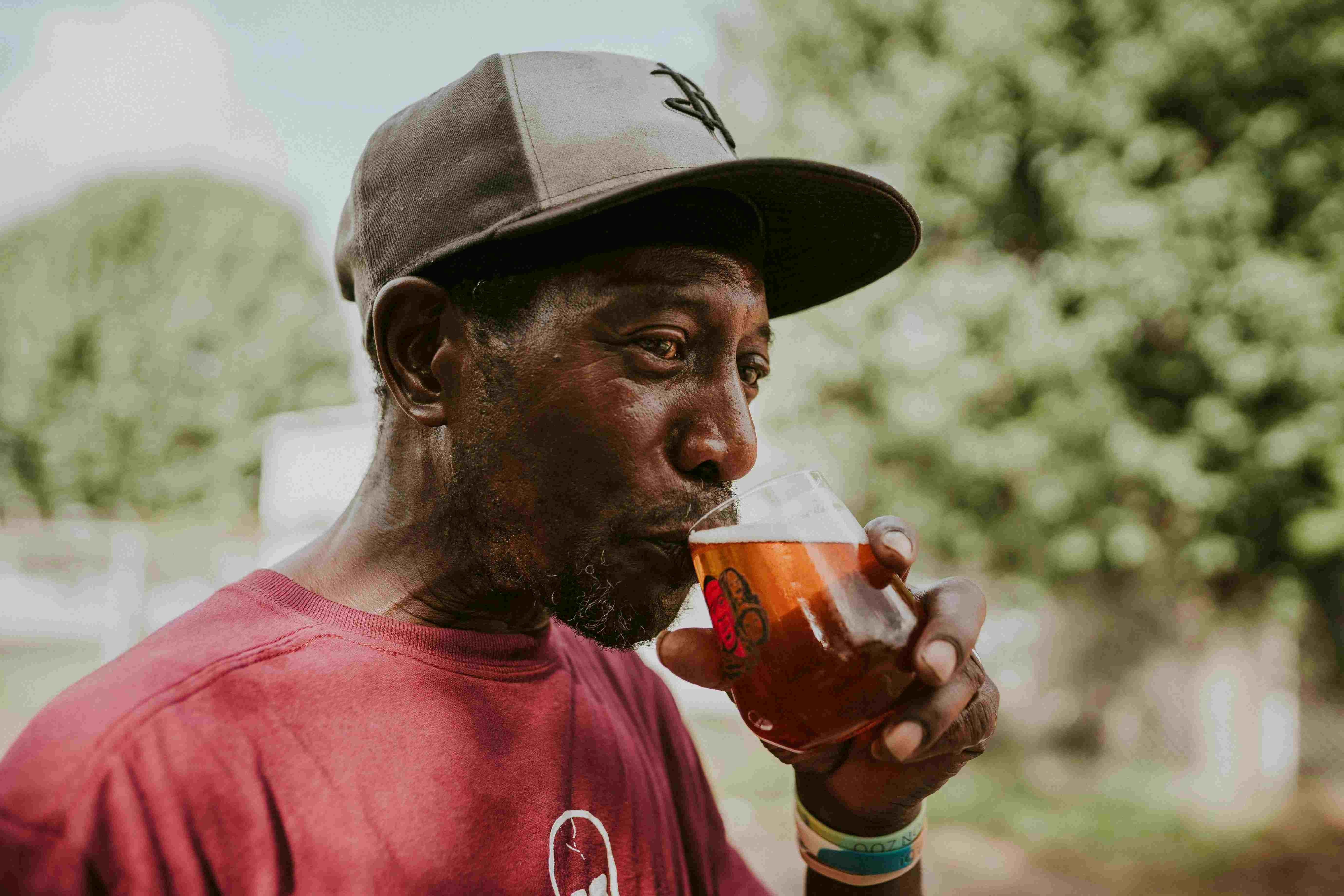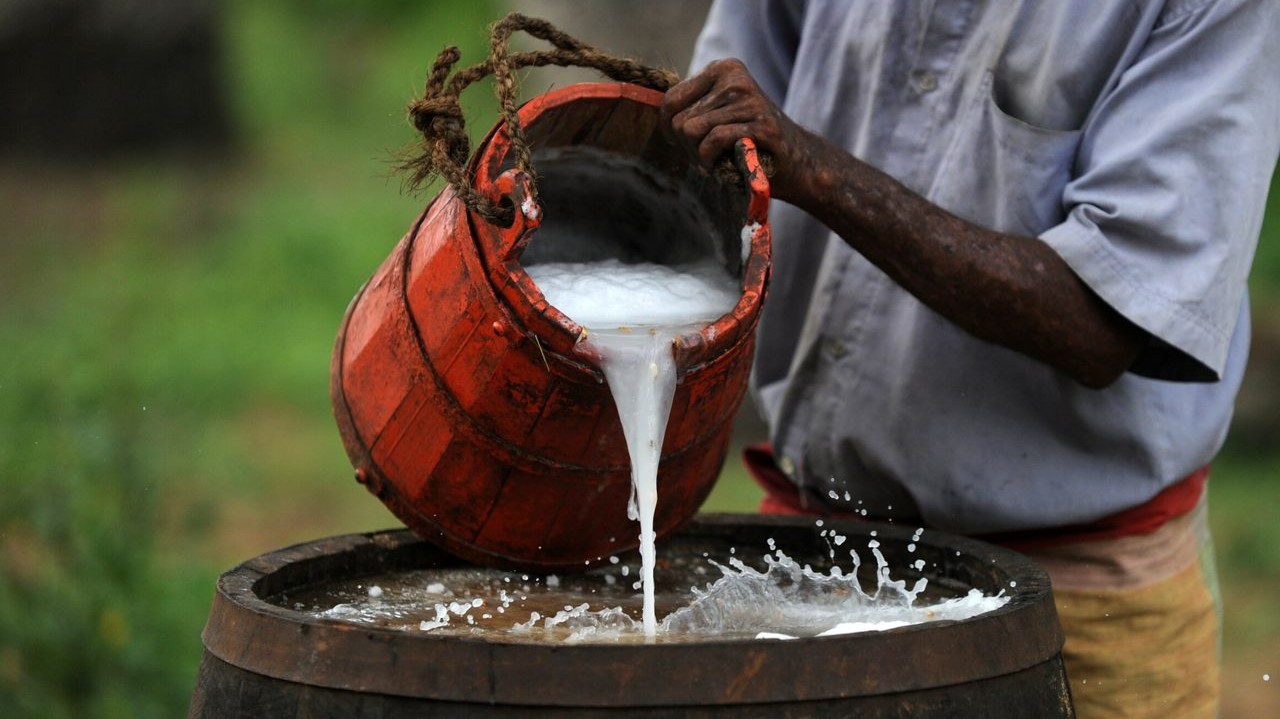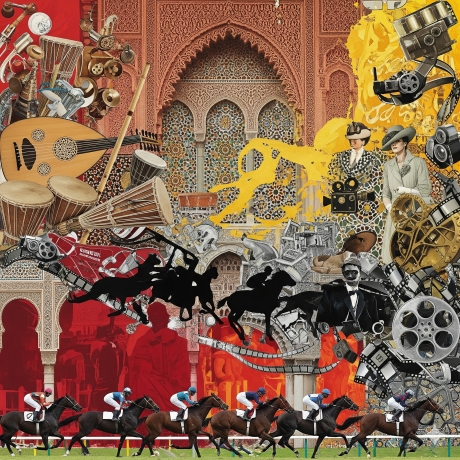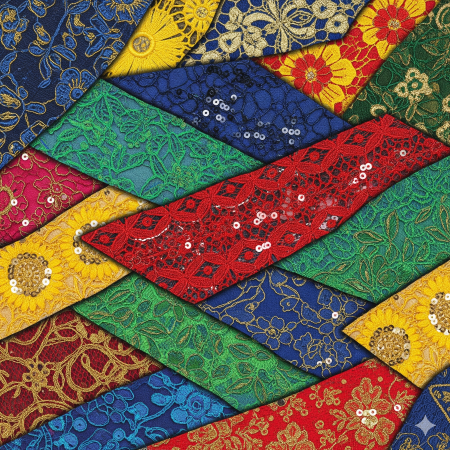Changing Cultures: How Africa Sips It's Alcohol

In the foothills of Lesotho, where cattle trails wind through green valleys and the winters are sharp, a quiet transformation is brewing—literally. Here, in this tiny mountain kingdom, adults consume an average of 12.9 liters of pure alcohol each year, making Lesotho the highest per capita alcohol consumer on the African continent.
It’s not an isolated trend. From the shores of the Seychelles to the cities of South Africa and the villages of Uganda, Africa is drinking more, and differently than ever before.
This surge in alcohol consumption reflects far more than thirst. It tells a deeper story of economic shifts, urbanization, global capital, cultural persistence, and the unsteady balance between tradition and modernity.
To understand the full measure of this transformation, we need to look at what Africans are drinking, who is selling it to them, and what it means when a continent, long home to both sacred brews and illicit spirits, is swept into the current of a global drinking economy.
From Calabash to Can: The Rise of Packaged Booze
At the core of this transformation is the growing preference for branded and packaged alcohol. As disposable incomes rise and cities expand, informal brews are being replaced—at least in part, by standardized commercial drinks.
In Nigeria, Orijin, a Guinness-backed flavored alcoholic beverage with a 6% alcohol content, has become wildly popular among younger consumers, who prize its packaging and herbal taste. South Africa, already home to a mature alcohol market, continues to lead in beer consumption, with growth propelled by flavored ciders and ready-to-drink cocktails.
This shift from informal to formal alcohol channels is being driven in no small part by global beverage giants. Multinational companies have recognized Africa as a high-growth frontier.
Africa’s beer market, currently growing at about 5% annually, is the fastest-growing in the world. Nigeria, Kenya, Angola, and South Africa are particularly prized markets. The continent’s young population, rapid urbanization, and expanding middle class make it fertile ground for consumer brands.
And yet, beneath the fluorescent-lit convenience store shelves and glossy marketing campaigns, another story continues—one steeped in memory, ritual, and local innovation.
A Continent of Contrasts: Country-Level Consumption
Africa’s relationship with alcohol is not monolithic. It is a mosaic of cultures, economies, and consumption patterns. According to 2019 WHO data, Lesotho, Madagascar, and Djibouti top the continent in per capita alcohol consumption, with annual averages of 12.9, 12.1, and 12.0 liters of pure alcohol per adult, respectively. These high rates are often driven by homemade brews and local spirits, which may be stronger and consumed in informal settings.
Seychelles follows closely with 9.48 liters per capita, while Tanzania, Eswatini, and Burkina Faso all report averages above 7 liters. South Africa, with its blend of traditional drinks and highly developed commercial alcohol markets, stands at 7.21 liters. Uganda, long known for its local brews and vibrant nightlife, averages 6.82 liters, while Gabon, Rwanda, and Equatorial Guinea hover just below that mark.
Interestingly, some of the highest-consuming countries are not the wealthiest, nor the most urbanized. In Lesotho and Madagascar, for instance, the dominance of informal alcohol plays a significant role in raising consumption metrics. These drinks are often stronger and more readily available than commercial products, even if they are consumed outside of official regulatory channels.
By contrast, countries with larger commercial markets like South Africa are experiencing a nuanced shift. Here, the increase in flavored alcoholic beverages and beer is offset by a slow but growing public health awareness, regulatory action, and evolving social norms, particularly among younger drinkers.
The Unbottled Tradition: Palm Wine and Local Spirits

Image Credit: Mellon
Palm wine, a sweet, frothy drink tapped from the sap of palm trees, has long been central to ceremonies, social gatherings, and spiritual rites. With an alcohol content typically below 5%, palm wine is seen by many as a “soft” alternative to stronger beverages. It is consumed fresh, sometimes within hours of tapping, and shared communally in calabashes or plastic jugs.
But palm wine is fragile. Its low shelf life, vulnerability to contamination, and inconsistent alcohol content make it poorly suited for mass production. It is largely absent from export markets, its appeal confined mostly to the regions where it is made. And yet, its cultural grip is strong.
That same sap, however, can be transformed. Through rudimentary distillation methods, it becomes ogogoro or kaikai, high-proof local gins with alcohol contents ranging from 40% to 60%. These spirits are potent and cheap, often unregulated, and sometimes dangerously adulterated. They occupy a strange dual role: condemned by health authorities and embraced by communities.
Cultural Persistence and Public Health Crossroads
For all the change that multinational investment and urbanization have brought, alcohol in Africa remains deeply entwined with culture and community. It is poured to honor ancestors, toasted at weddings, shared during negotiations, and sipped after harvest. It can be a social glue or a social curse.
But with growth comes risk. The continent now faces an inflection point. The rise of commercial alcohol comes with rising concerns about addiction, liver disease, drunk driving, and youth access. In many countries, public health infrastructure lags far behind the pace of market expansion. Alcohol-related harm is becoming an urgent issue, even as local governments remain hesitant to regulate too aggressively, fearing economic pushback or political fallout.
In Africa, alcohol-associated cirrhosis accounted for approximately 39,395 deaths in 2019, representing 21% of cirrhosis deaths for the continent. Alcohol-associated liver cancer caused over 4,200 deaths in 2019 in Africa (20% of liver cancer deaths).
Meanwhile, the informal sector persists in the shadows—unregulated, untaxed, and often unsafe. Striking the right balance between preserving cultural traditions, promoting health, and harnessing economic opportunity is the next frontier in Africa’s complex relationship with alcohol.
Looking Ahead
Africa is not merely drinking more—it is drinking differently. As beer and spirits flow from multinational factories and palm wine continues to trickle from ancient trees, the continent is navigating a landscape where modern branding and ancestral memory collide. In this delicate balance between past and future, culture and commerce, Africa’s alcohol story remains uniquely its own.
Whether in the foamy head of an Orijin or the cloudy swirl of palm wine, the drink tells us something—not just about where Africa is going, but where it has always been.
You may also like...
Super Eagles' Shocking Defeat: Egypt Sinks Nigeria 2-1 in AFCON 2025 Warm-Up

Nigeria's Super Eagles suffered a 2-1 defeat to Egypt in their only preparatory friendly for the 2025 Africa Cup of Nati...
Knicks Reign Supreme! New York Defeats Spurs to Claim Coveted 2025 NBA Cup

The New York Knicks secured the 2025 Emirates NBA Cup title with a 124-113 comeback victory over the San Antonio Spurs i...
Warner Bros. Discovery's Acquisition Saga: Paramount Deal Hits Rocky Shores Amid Rival Bids!

Hollywood's intense studio battle for Warner Bros. Discovery concluded as the WBD board formally rejected Paramount Skyd...
Music World Mourns: Beloved DJ Warras Brutally Murdered in Johannesburg

DJ Warras, also known as Warrick Stock, was fatally shot in Johannesburg's CBD, adding to a concerning string of murders...
Palm Royale Showrunner Dishes on 'Much Darker' Season 2 Death

"Palm Royale" Season 2, Episode 6, introduces a shocking twin twist, with Kristen Wiig playing both Maxine and her long-...
World Cup Fiasco: DR Congo Faces Eligibility Probe, Sparks 'Back Door' Accusations from Nigeria

The NFF has petitioned FIFA over DR Congo's alleged use of ineligible players in the 2026 World Cup playoffs, potentiall...
Trump's Travel Ban Fallout: African Nations Hit Hard by US Restrictions

The Trump administration has significantly expanded its travel restrictions, imposing new partial bans on countries like...
Shocking Oversight: Super-Fit Runner Dies After Heart Attack Symptoms Dismissed as Heartburn

The family of Kristian Hudson, a 'super-fit' 42-year-old marathon runner, is seeking accountability from NHS staff after...






